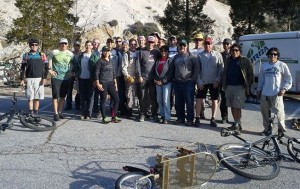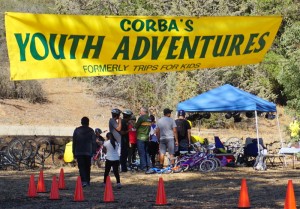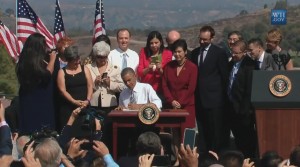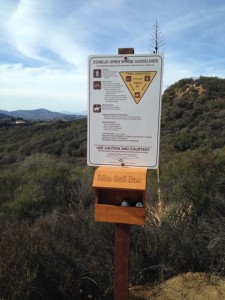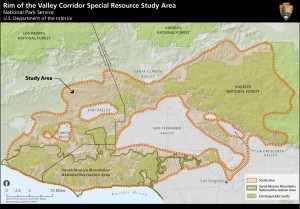June 7, 2008
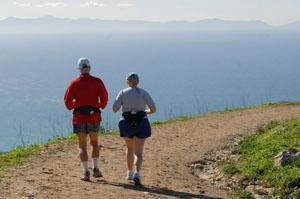 Runners take the Burma Road through the Portuguese Bend Reserve. Because preserving habitat takes top priority, the city of Rancho Palos Verdes has established limits on the use of trails in the reserve. The trails were reopened to the public under the new rules Friday. (Steve McCrank, Staff Photographer) |
By Melissa Pamer, The Daily Breeze Staff Writer
With some of the most sublime ocean views in the South Bay, the steep, narrow trails in Rancho Palos Verdes’ Portuguese Bend Reserve draw fierce allegiance and occasional territoriality from hikers, mountain bikers and equestrians alike.
Now, following the reopening Friday of the 417-acre canyon park after a four-month trail closure, a new set of rules – dictating which trails may be traversed on foot, on bike or on horseback – will be put to the test.
Few are pleased with the new access plan, which was created after months of debate by a citizen committee and approved by the City Council earlier this year.
“We’ve gone with the least bad solution,” said Gordon Leon, a member of the committee who counts himself as a representative of all three “user groups.”
“The fact that nobody’s happy means that everybody had to make compromises. Any way you look at it, by allowing people up there, you impact habitat,” Leon said. “When it comes right down to it, at the top of the priority list is habitat. Then there’s everything else.”
Under the plan, cyclists will have access to far fewer trails, and many of the most challenging and popular paths will be off-limits to bikes. More than half of the trails will be closed to all users. There are no signs barring access to closed trails – so if a trail isn’t marked, its use isn’t allowed, officials said.
Enforcing the new rules may prove a challenge, council members acknowledged at a Tuesday meeting in which they approved the reopening of the reserve.
“When I last looked, the signage was still inadequate,” Councilman Tom Long said before voting in favor of the reopening. “We need resources to enforce the rules.”
For now, the Sheriff’s Department is responsible for enforcement. City staff will request sporadic visits from deputies if there are regular
reports of illicit trail use. Penalties for violators – currently subject to a fine of up to $1,000 under city code – may change if the city follows a Sheriff’s Department recommendation to give only a written warning to first-time offenders. So far, it’s clear that what some called a “lawless” atmosphere hasn’t entirely changed. Earlier last week, before the side trails reopened, evidence could be seen that the closure had not left the area to the lizards. Prints from hiking boots, hooves and tires marked dusty side trails. Hikers could be seen in off-limit areas of the reserve. At one juncture, a new trail sign had been shorn off at its base.
So far, it’s clear that what some called a “lawless” atmosphere hasn’t entirely changed. Earlier last week, before the side trails reopened, evidence could be seen that the closure had not left the area to the lizards. Prints from hiking boots, hooves and tires marked dusty side trails. Hikers could be seen in off-limit areas of the reserve. At one juncture, a new trail sign had been shorn off at its base.
It may take time for the new rules to be respected, said Andrea Vona, executive director of the nonprofit Palos Verdes Peninsula Land Conservancy, which manages the reserve along with other nearby areas. She’s hopeful that signs and a new map will keep users in line.
“Our general philosophy is it’s going to take community buy-in – to make this a successful reserve – from all user groups,” Vona said.
The city’s “timeout,” which began Jan. 31 and was intended to allow the land to heal from overuse, interrupted a decadeslong period of unregulated recreation in the canyon area.
Purchased in 2005 for $17 million – funded largely by grants and $4 million raised from the community – the coastal sage scrub-covered land had been long used by the public with the tacit approval of a private owner. The trails that crisscross the hillside, some running parallel and just feet from each other, offer scenic hiking and horseback riding. With its sharp turns and steep descents, the area became popular beginning in the early 1980s with mountain bikers, some of whom cleared brush for spots to perform tricks.
“It’s been sort of a free-for-all,” said Ara Mihranian, the city’s principal planner. “There were areas that were used for jumps and free-riding. That’s no longer part of the plan.”
The new reserve entered the spotlight in July 2006 when the Public Use Master Plan committee, a 15-member citizen group, began analyzing uses of all the city’s open space, including nine other reserves. Some members, who viewed bikers as harmful to the reserve and disruptive to peaceful hikes and horseback rides, wanted cyclists barred from the area altogether.
“It’s an organized assault. It’s not just locals; they come from all over,” said former Mayor Ann Shaw of the cyclists’ use of the reserve. A member of the PUMP citizens committee, Shaw came down firmly against the bikers.
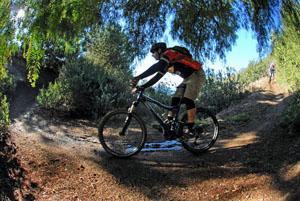 “If you’re exhilarated it ought to be from the scenery, not because you’re going fast,” Shaw said. “(Bikers) are not there for the primary purpose of the preserve, which is preservation of the flora and the fauna.”
“If you’re exhilarated it ought to be from the scenery, not because you’re going fast,” Shaw said. “(Bikers) are not there for the primary purpose of the preserve, which is preservation of the flora and the fauna.”
Participants said the PUMP meetings became repetitive rehearsals of conflicts between equestrians, hikers and bikers. Some detailed instances of confrontation on the trail, particularly between bikes and horses. Differing views on the groups’ own effects on habitat and trail degradation also separated the sides.
The cyclists’ defense fell in part to committee member Troy Braswell, who in 2004 helped found a local branch of Concerned Off-road Bicyclists Association, or CORBA, which seeks to protect biker access and maintain trails.
The group – which numbers around 250, Braswell said – has done regular restoration work on the city’s trails, including the 154-acre Forrestal Reserve, next to Portuguese Bend.
Under a previously approved city plan, most trails in Forrestal remain open to all users. But the area is less popular with bikers than the neighboring reserve, which bikers sometimes call “Del Cerro” after a nearby municipal park, Braswell said.
On Saturday, National Trails Day, CORBA was set to co-sponsor several hours of volunteer work in Portuguese Bend, which is treasured as some of the best riding in central Los Angeles County, and by far the best in the South Bay.
Braswell acknowledged that a few irresponsible or disrespectful riders have made a bad name for bikers in the reserve. But he said incidences of conflict between user groups were rare.
“The habitat issue is bikers going off trail. I have to admit, that has occurred,” Braswell said. “The people who were doing that had no understanding of the habitat, and there was no rules or no management at all that told them what to do. We call it the vacant lot mentality.”
`Free-for-all’ culture
Areas off limits to cyclists
Since CORBA-Palos Verdes was founded, the group has sought to educate riders on proper trail etiquette and respect for the environment, Braswell said. But that hasn’t seemed to sway enough supporters to their side this time around.
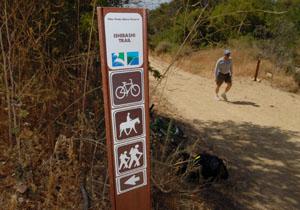 Ishibashi trail is open to all users, but cyclists are barred from the wide Ishibashi Farm trail, which they argue can accommodate more use. (Steve McCrank/Staff Photographer) |
Under the new rules, the Grapevine, a Portuguese Bend trail beloved by mountain bikers, has been limited to horses and hikers. Two wide trails – Ishibashi Farm and Water Tank – that can accommodate multiple users more easily than most of the reserve’s narrow paths have also been deemed off-limits for cyclists. And, because so many small spur trails have been shut down, paths that are shared among all three user groups will be more crowded, Braswell said.
“By closing so many trails, they’ve basically cut bikes out,” Braswell said.
But some who have been critical of bikers aren’t thrilled with the outcome either.
“There are no victories,” Shaw said. “I will be happy when we see the trails being actually used properly.”
The city is set to review the trails plan for Portuguese Bend Reserve in six months.


 When: Saturday Feb 23rd 9:30 AM meeting may last all day. Here is the suggested
When: Saturday Feb 23rd 9:30 AM meeting may last all day. Here is the suggested 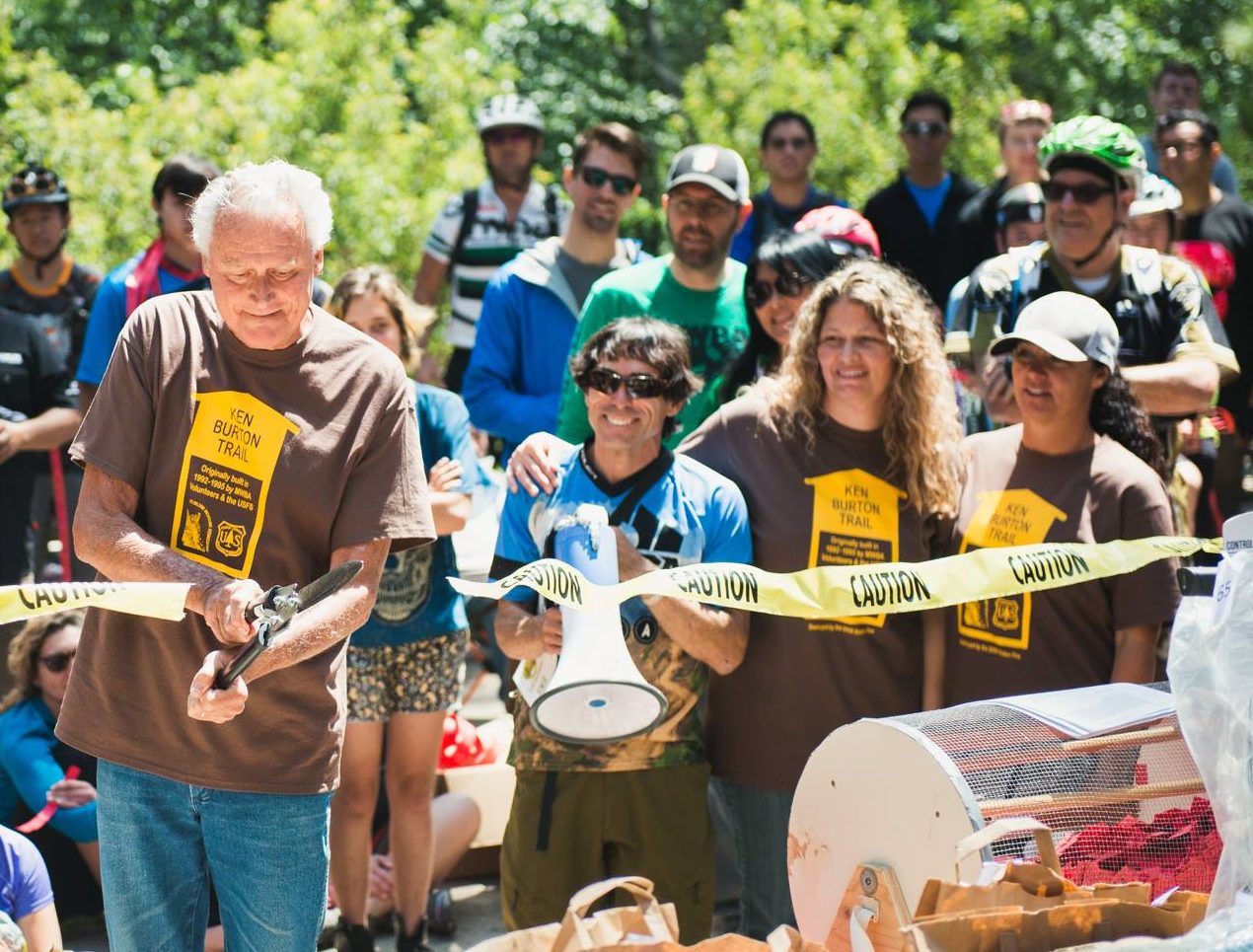
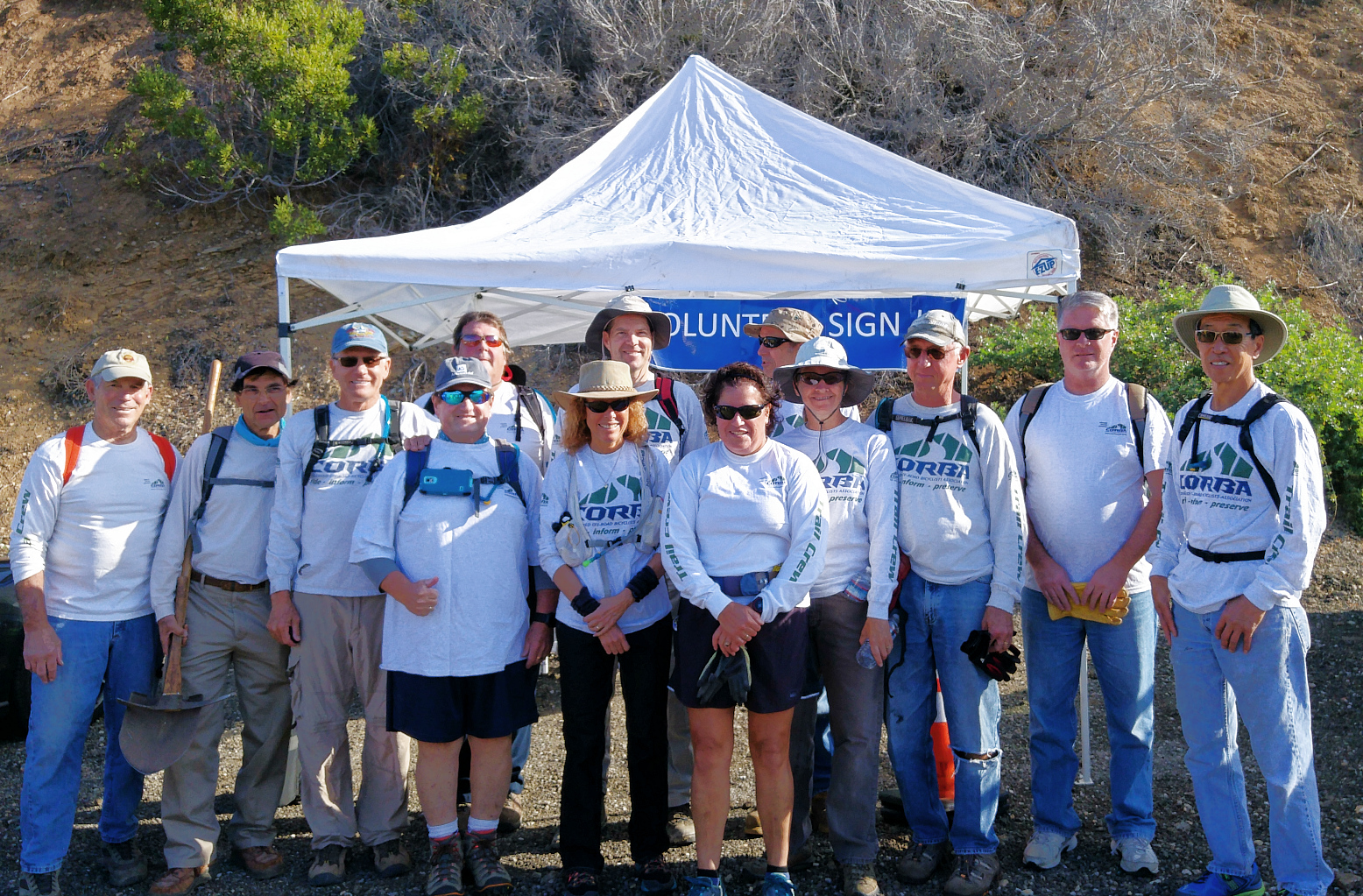
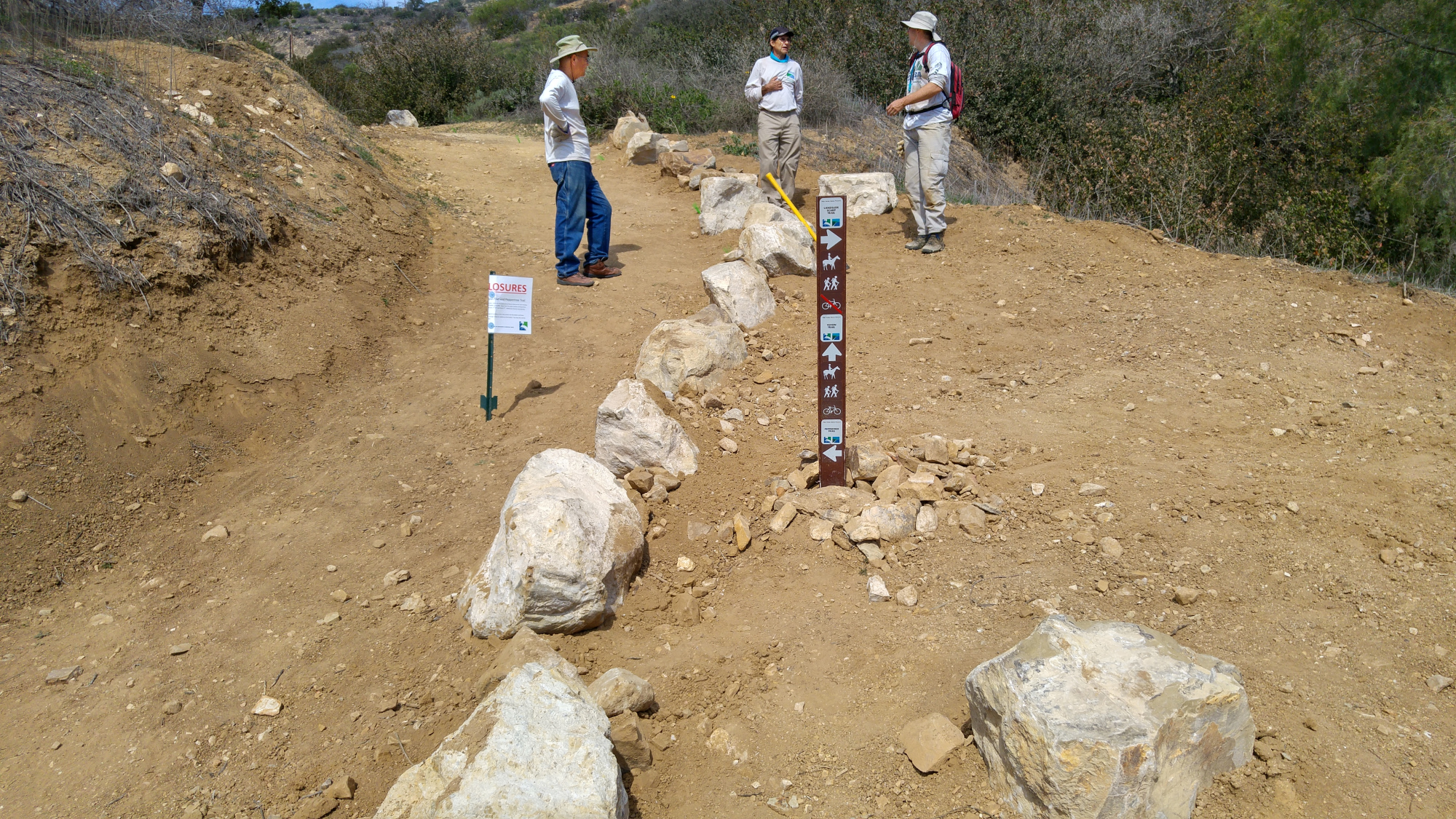
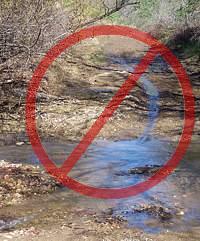 Most trails in our local riding area don’t respond well to rain. They have a high content of clay that turns into sticky, slippery muck that binds to everything it touches. It builds up on the tires, like a snowball rolling downhill, until it jams on the frame and the wheels won’t budge. Some models of clipless pedals won’t let go when full of this mud, resulting in the bike and the attached rider lying sideways in a puddle, or worse.
Most trails in our local riding area don’t respond well to rain. They have a high content of clay that turns into sticky, slippery muck that binds to everything it touches. It builds up on the tires, like a snowball rolling downhill, until it jams on the frame and the wheels won’t budge. Some models of clipless pedals won’t let go when full of this mud, resulting in the bike and the attached rider lying sideways in a puddle, or worse.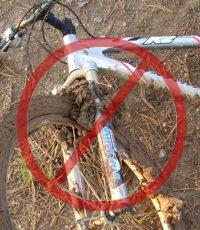 As a rule of thumb, if your foot, tire or hoof makes an impression more than about 1/8 inch deep in the dirt, the trail is still too soft to use. Give it another day or two to dry out before using it!
As a rule of thumb, if your foot, tire or hoof makes an impression more than about 1/8 inch deep in the dirt, the trail is still too soft to use. Give it another day or two to dry out before using it!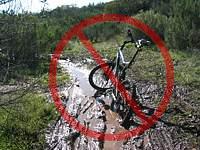 For these reasons, riders are well advised to stay off the trails after a rain until they have dried. How long to stay off? That depends on a number of factors including the particular trail, how much rain it received, how much sun it gets after the rain (is it in the shade or face south?), how warm and windy the weather is, and so on. After an isolated light rain you can probably ride the next day. After a heavy rain, you should wait several days. This is something where common sense and experience will help. Remember, tracks deeper than 1/8″ mean the trail is still too soft to use!
For these reasons, riders are well advised to stay off the trails after a rain until they have dried. How long to stay off? That depends on a number of factors including the particular trail, how much rain it received, how much sun it gets after the rain (is it in the shade or face south?), how warm and windy the weather is, and so on. After an isolated light rain you can probably ride the next day. After a heavy rain, you should wait several days. This is something where common sense and experience will help. Remember, tracks deeper than 1/8″ mean the trail is still too soft to use!